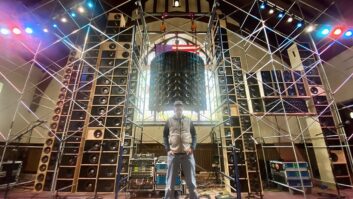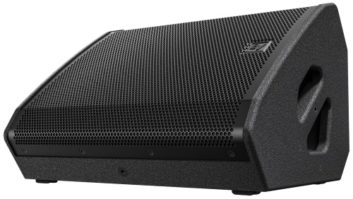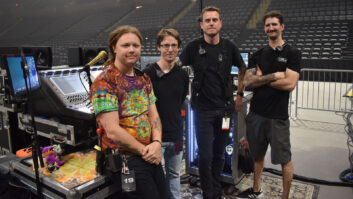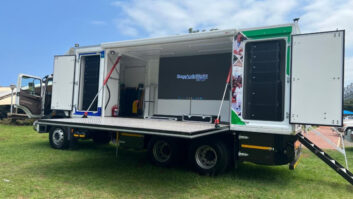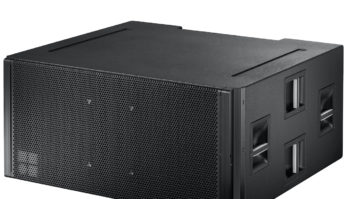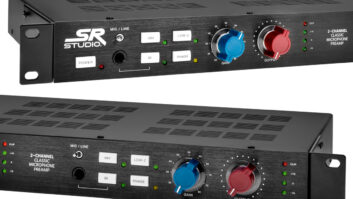It’s often been said that live sound is slow to change — one of the most conservative industries around. This is partly true in the sense that SR pros are often reticent to take new, untested gear out in the field for the sake of technology. When a performer’s onstage and the audience is in the house, there are no second chances.
Yet live sound technologies have changed radically during the past two decades or so. These days, it’s a rare instance to not find a laptop at front of house, whether for wireless frequency coordination, running acoustical measurement/analysis programs or simply storing digital console presets for quick setups. On the manufacturing side, CAD-driven design tools have brought significant improvements, leading to the development of new enclosure concepts, and better horns and drivers.
Meanwhile, DSP control has become firmly ingrained into even the most basic routines and procedures of system design/production. Single boxes providing crossovers, delays, EQ and driver/system overload protection are now standard, replacing racks of gear and putting fingertip control in the operator’s hands, whether from a front panel, laptop or Wi-Fi tablet. There’s something very cool (and certainly convenient) about doing system tweaks while sitting in the back row or off to the side under a balcony.
Fiber-optic snakes offer signal distribution in a lightweight, easily transportable rig, while the old issues of ground loops and “who gets the first split” become passé. As an added benefit, remotely controllable stage boxes provide clean signals that are easily carried over longer runs — unlike the horrors and low-fi results of sending a mic-level signal over a 200-foot copper snake.
In terms of live sound, these really are the good old days. Amps are smaller, lighter and more reliable. Wireless rigs offer dependability and a sound that rivals hard-wired mics, while today’s handheld mics put near-studio quality and condenser performance into bodies that are almost indestructible. At the house or monitor position, modern consoles easily outperform their predecessors from just a few years back, with digital boards offering the versatility of onboard processing and/or plug-ins. As in-ear monitoring becomes the norm, stage volumes can be substantially reduced.
Now that all of the tools are in place, we finally have the key to the puzzle. Once such factors as band volume, venue irregularities and system/driver imperfections are removed from the equation, engineers are actually in charge of the mix — where it belongs. And that is the true benefit of technology.
In other news, we ushered in some big changes here at Mix. Tom Kenny moves from editor/editorial director to take the helm as the group editorial director for Mix, Electronic Musician and Remix. Sarah Jones steps up as Mix‘s new editor, and Sarah Benzuly is now the group managing editor for all three magazines. The reason behind it is to offer better ways of presenting the information you need on a daily, weekly and monthly basis — in print and online. We have some exciting things planned in the months to come. Stay tuned.
